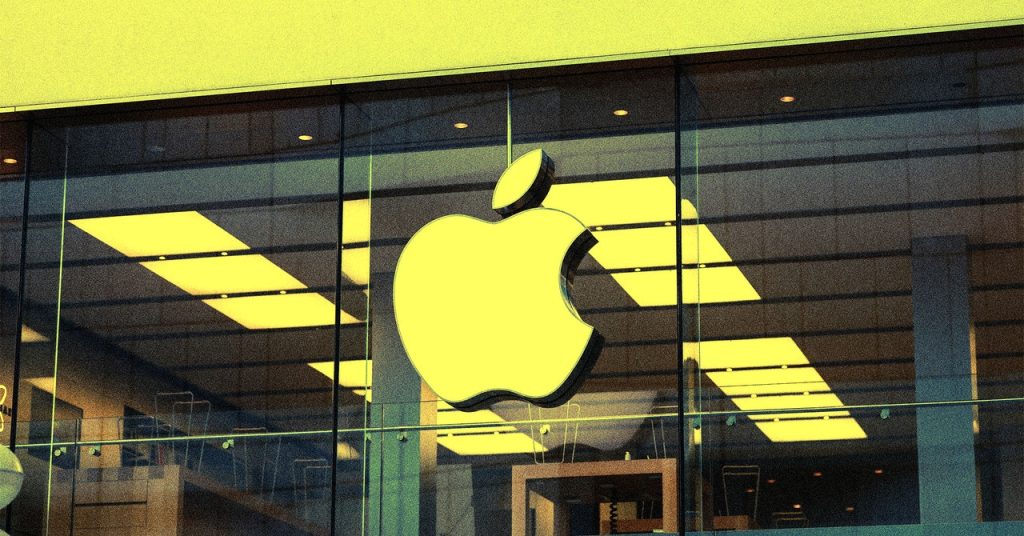While the tech industry went gaga for generative artificial intelligence, one giant has held back: Apple. The company has yet to introduce so much as an AI-generated emoji, and according to a New York Times report today and earlier reporting from Bloomberg, it is in preliminary talks with Google about adding the search company’s Gemini AI model to iPhones.
Yet a research paper quietly posted online last Friday by Apple engineers suggests that the company is making significant new investments into AI that are already bearing fruit. It details the development of a new generative AI model called MM1 capable of working with text and images. The researchers show it answering questions about photos and displaying the kind of general knowledge skills shown by chatbots like ChatGPT. The model’s name is not explained but could stand for MultiModal 1.
MM1 appears to be similar in design and sophistication to a variety of recent AI models from other tech giants, including Meta’s open source Llama 2 and Google’s Gemini. Work by Apple’s rivals and academics shows that models of this type can be used to power capable chatbots or build “agents” that can solve tasks by writing code and taking actions such as using computer interfaces or websites. That suggests MM1 could yet find its way into Apple’s products.
“The fact that they’re doing this, it shows they have the ability to understand how to train and how to build these models,” says Ruslan Salakhutdinov, a professor at Carnegie Mellon who led AI research at Apple several years ago. “It requires a certain amount of expertise.”
MM1 is a multimodal large language model, or MLLM, meaning it is trained on images as well as text. This allows the model to respond to text prompts and also answer complex questions about particular images.
One example in the Apple research paper shows what happened when MM1 was provided with a photo of a sun-dappled restaurant table with a couple of beer bottles and also an image of the menu. When asked how much someone would expect to pay for “all the beer on the table,” the model correctly reads off the correct price and tallies up the cost.
When ChatGPT launched in November 2022, it could only ingest and generate text, but more recently its creator OpenAI and others have worked to expand the underlying large language model technology to work with other kinds of data. When Google launched Gemini (the model that now powers its answer to ChatGPT) last December, the company touted its multimodal nature as beginning an important new direction in AI. “After the rise of LLMs, MLLMs are emerging as the next frontier in foundation models,” Apple’s paper says.
MM1 is a relatively small model as measured by its number of “parameters,” or the internal variables that get adjusted as a model is trained. Kate Saenko, a professor at Boston University who specializes in computer vision and machine learning, says this could make it easier for Apple’s engineers to experiment with different training methods and refinements before scaling up when they hit on something promising.
Saenko says the MM1 paper provides a surprising amount of detail on how the model was trained for a corporate publication. For instance, the engineers behind MM1 describe tricks for improving the performance of the model including increasing the resolution of images and mixing text and image data. Apple is famed for its secrecy, but it has previously shown unusual openness about AI research as it has sought to lure the talent needed to compete in the crucial technology.
Read the full article here









